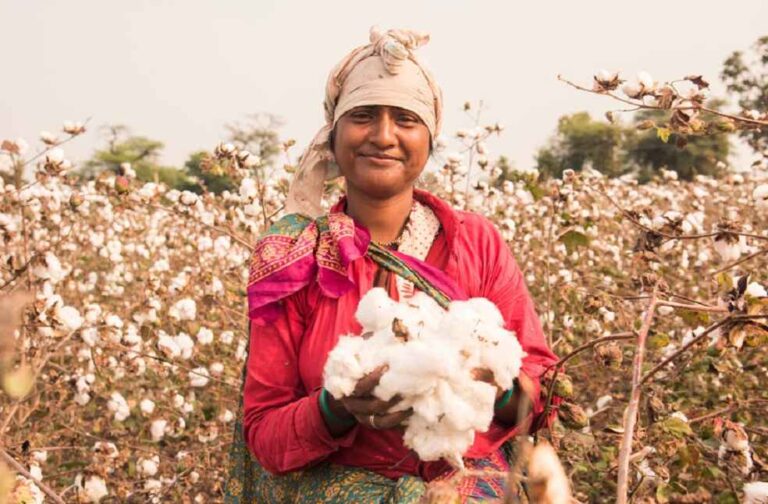The garment industry in Bangladesh, a dominant force in global clothing production, faces significant disruptions due to recent flooding. The situation has severely impacted cotton imports and garment exports further complicating an already stressed supply chain.
As one of the world’s largest consumers of cotton, Bangladesh’s textile sector depends heavily on steady imports to sustain its operations. Flooding has now crippled transportation routes, with trucks and trains unable to move cotton from Chittagong port to factories, as reported by industry insiders and analysts.

This supply chain disruption follows closely on the heels of political unrest and protests earlier in the month, which forced the temporary closure of numerous factories. Consequently, garment production has slashed by 50%, according to Mohammad Hatem, President of the Bangladesh Knitwear Manufacturers and Exporters Association.
Hatem emphasized the gravity of the situation: “The industry is now under immense pressure to meet deadlines, and without a swift resolution, the supply chain could deteriorate even further.”

Bangladesh, recognized as the third-largest clothing exporter globally—trailing only China and the European Union—recorded $38.4 billion in garment exports last year, based on World Trade Organization data. With the current challenges, there’s a growing concern that shipments may need to be diverted to India, where supply chains have remained robust.
IMEX SECTOR | Russia Expands Cocoa Imports from Nigeria, Strengthening Global Trade Ties



